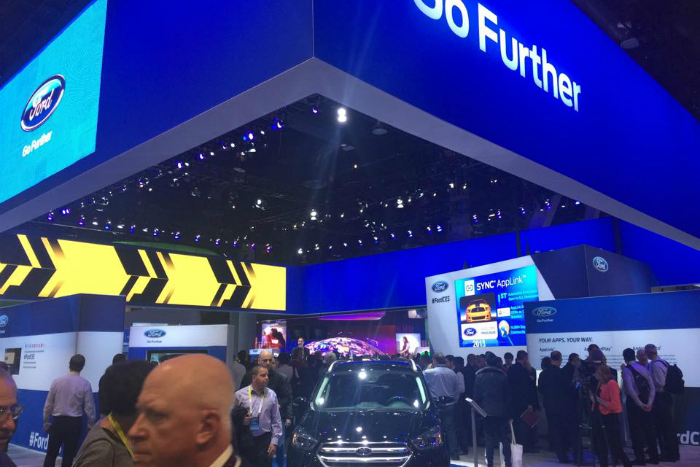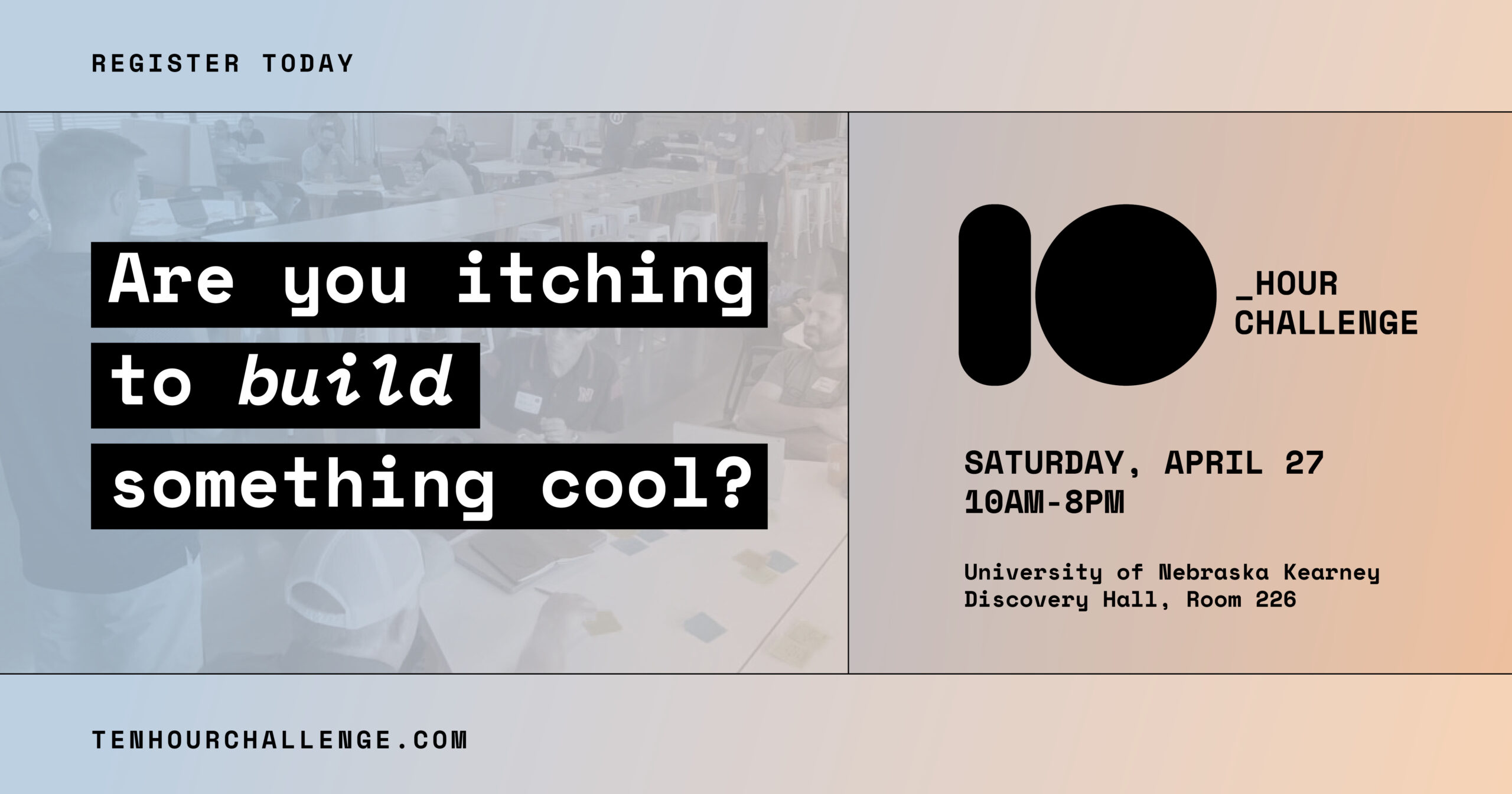
As a human race, we have a seemingly unquenchable thirst for the future and what it might bring. This fascination is what draws over 170,000 attendees, 3,600 companies, and 800 startups to annually convene in Las Vegas for the world’s largest technology exposition, the Consumer Electronics Show (CES).
The stakes are high, with companies spending tens, and even hundreds, of thousands of dollars for a chance to show off their wares in hopes of winning over potential buyers, the press, investors and partners. This very show saw the introduction of VHS, DVD, the Xbox, HDTV, and countless other innovations that have become part of our vocabulary.
As an industry-only trade event, attending the expo has become almost a rite of passage for those working in the hardware and technology space. Needless to say, I was beyond excited to be invited by one of my vendors to come partake in the event and get a glimpse into the future.
A connected future
As Steve Case, founder of AOL and now investor in Slack, put it while on stage, “The future is a connected one. And hopefully more diverse.” This echoed the biggest theme of this year’s show – the Internet of Things (IoT).
IoT is an area of hardware that essentially involves building computers into devices and connecting them to the Internet to communicate with other devices, apps, etc.
We’ve basically moved from turning gadgets into apps (like the calculator) to now turning apps into gadgets (think Nest).
There certainly was an abundance of virtual reality (VR) devices, drones, wearables, and autonomous transportation tech on display. Oculus Rift debuted their new headset that will retail at around $600. I strapped in one, and the experience was almost magical, being able to navigate a virtual world.
Autonomous vehicles that drive themselves are no longer a matter of if, but when they will happen. I learned that Ford has 30 such vehicles on the road today in California and has moved from research to the engineering phase of development. It will be interesting to see how legacy car companies catch up with Tesla.

Diversity in tech
I attended a session entitled “An Inside Look: Industry Innovators and Government Join Forces.” It was incredible. They covered innovation as entrepreneurship, smart cities, encouraging tech talent to join government, and diversity. For a full run down, check out www.whitehouse.gov/CES2016 – definitely worth a visit!
To give you an idea, I almost fell out of my seat when Marina Martin, CTO of the VA, announced the VA was utilizing Ruby on Rails to build www.vets.gov in an effort to help consolidate their 1,000 customer facing websites. They’re iterating as they go with the site live today, making hundreds of commits weekly. This, coming from a government agency? Woah.
Another interesting takeaway was that Megan Smith, Chief Technology Officer of the United States and Assistant to the President, noted there are 500,000 open technology jobs in the US today. From her perspective, employers are starving for tech talent.
So does it make much sense that 90% of venture capital funding went to men, 10% to women, and just 1% to minorities last year, when increased participation from women and minorities is a component to helping fill the gap and expanding the tech workforce? She stressed the importance of code schools and the role they play in reaching these critical demographics. And that investments are taking place outside of Silicon Valley – like in our fair Silicon Prairie. Take note folks, go join a code school like Interface because you can be part of the solution!
With this being an election year, it will be interesting to see how the next administration handles these initiatives.
How to hack CES
People mistakenly equate the cost of attending CES with having to sell their firstborn. While that might be the case for some exhibiting companies, I found it definitely more attainable to attend on a startup budget with some basic hacks.
Everyone is here, and you should definitely go if you’re doing anything in hardware. I flew out of a nearby smaller city on one of those cheapo airlines that charge you for everything, crashed on a friend’s decently comfortable couch, and registered for the $100 trade show floor pass.
This pass also included access to all the keynotes, events, and dozens of free sessions. A lot of companies host parties offsite in hotel suites on the strip, which is where the real networking happens. Getting an invite is as simple as registering for company email lists ahead of time and asking around.
I was fortunate to sit down at a table with Chris Rauschnot (@24k on Twitter) at Spotify’s opening reception. As a media blogger and tech enthusiast who has been attending CES for 17 years, Chris shared some really great tips that helped make my experience awesome:
- Go for the hotel/off-venue parties, and get invites to as many as you can. It really is as easy as checking out Eventbrite, looking at the list of exhibitors and signing up for their company email lists before the show, and just asking others who are going. If you’re lucky enough to have a big social media following and/or blog, you can score invites to events like Spheros’, who was handing out Star Wars BB-8s at their invite-only event. At one event I met the rad team from Bolt Motorbikes (@boltmotorbikes on Twitter), who has a team member from Omaha!
- The flashiest booths are at the main convention center, but some of the coolest innovations can be found in the startup alley which is separate from the main Las Vegas Convention Center.
- Everyone at CES is cool, so don’t hesitate to mingle.
To sum it all up, CES was a really fun and productive week for this techie. As startup founders we often talk about changing the world, so it’s almost surreal to have the first hand opportunity to be a part of the people, ideas, and technology that are doing just that. We’ll see you at CES next year!
—
Keith Fix is the founder and CEO of blabfeed, an award-winning technology integrator, specializing in digital signage hardware, software, design, installation and support for digital menu boards, way-finding kiosks, information screens, and touch retail merchandising displays.





2 responses to “What I learned at my first CES”
[…] What I learned at my first CES This fascination is what draws over 170,000 attendees, 3,600 companies, and 800 startups to annually convene in Las Vegas for the world's largest technology exposition, the Consumer Electronics Show (CES). The stakes are high, with companies spending … Read more on Silicon Prairie News […]
[…] What I learned at my first CES We've basically moved from turning gadgets into apps (like the calculator) to now turning apps into gadgets (think Nest). There certainly was an abundance of virtual … Oculus Rift debuted their new headset that will retail at around $ 600. I strapped … Read more on Silicon Prairie News […]